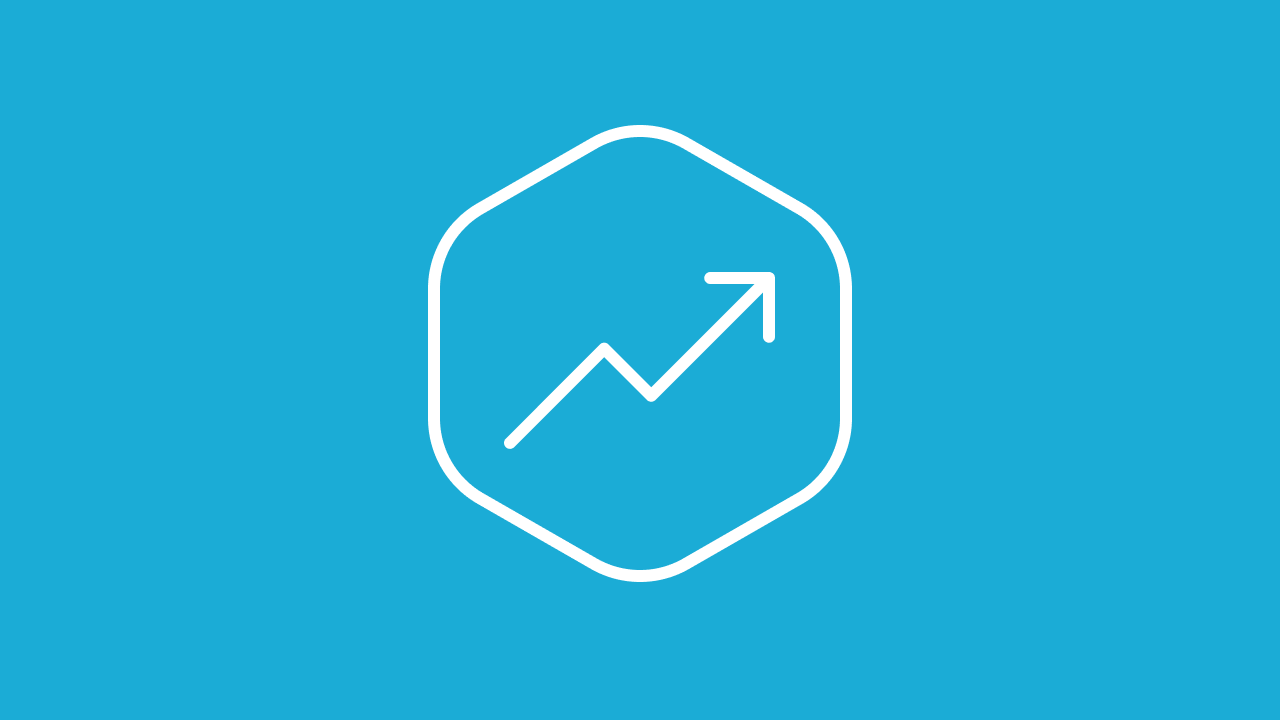
2021 was yet another chaotic year as the COVID-19 pandemic continued to disrupt nearly every aspect of life as we know it.
We saw major shifts in the SaaS world too, with organizations’ increased reliance on cloud and SaaS solutions putting new types of pressure on data management.
What trends can we expect to see in the SaaS space in 2022? Here are our predictions:
In 2021 organizations were asking themselves, ‘Is our data protected?’ More and more IT leaders (rightfully) are no longer assuming that their SaaS platform provides adequate data protection by default, especially in the event something goes wrong
Now we are seeing a huge shift towards organizations saying: ‘How can we prove that we are protected?’
Rather than just ticking a box that they have a backup plan, organizations are now looking to optimize their recovery time objective (how long it takes to recover data after an issue). In 2022, more and more large organizations will start to take their recovery time objective seriously, such as by doing quarterly testing on these timings.
This helps comply with data regulations too, as organizations can show that data is secure and recoverable, and how fast it can be recovered.
As with the last two years, teams working remotely in 2022 puts a much greater focus on who has access to what data. The result? Organizations are discovering they don’t have enough anonymized data in developer environments, and are implementing ways to fix this potential vulnerability.
One example of how this is playing out is with organizations anonymizing their sandboxes. Evaluating test data and making sure it’s anonymized and secure improves the entire development process. As the COVID-19 pandemic continues to wreak havoc during the start of 2022, we expect to see a continued increase in anonymizing developer environments including sandbox data.
More and more organizations are seeing an increased demand on their CRM data from more systems. This in turn is causing increased demand on API resources to replicate CRM data.
For example, we’re hearing from large telecom providers looking to increase their business agility by frequently replicating Salesforce data to other data warehouses. Data backups help facilitate these replication efforts. Backed-up Salesforce data can be forwarded to other platforms, giving one process multiple uses.
And utilizing external connectors reduces demands on their Salesforce implementation. The more endpoints built into the system, the more congested (and slow) it becomes.
In 2022 we’ll see enterprises centralize these types of data demands so they can leverage their already-in-place backups to become more agile.
In 2022 privacy regulation will continue to go global, while requiring increasing localized implementation and storage. 2021 saw the China Personal Information Protection Law (PIPL) passed at astonishing speed, cementing this trend. The extent of the requirements will become clearer in 2022 as implementation rolls out.
In 2022 federal privacy legislation in the United States will not be a priority, but that’s not stopping individual states from implementing their own laws.
Federal legislators are far from a compromise on comprehensive, generally applicable privacy legislation. However companies are preparing for compliance with state laws. Deadlines of existing state laws in California, Virginia, and Colorado begin January 1, 2023. Others including Washington State will continue attempts to pass similar legislation.
Ready to take control of your Salesforce data? Get in touch for a personalized demo today.